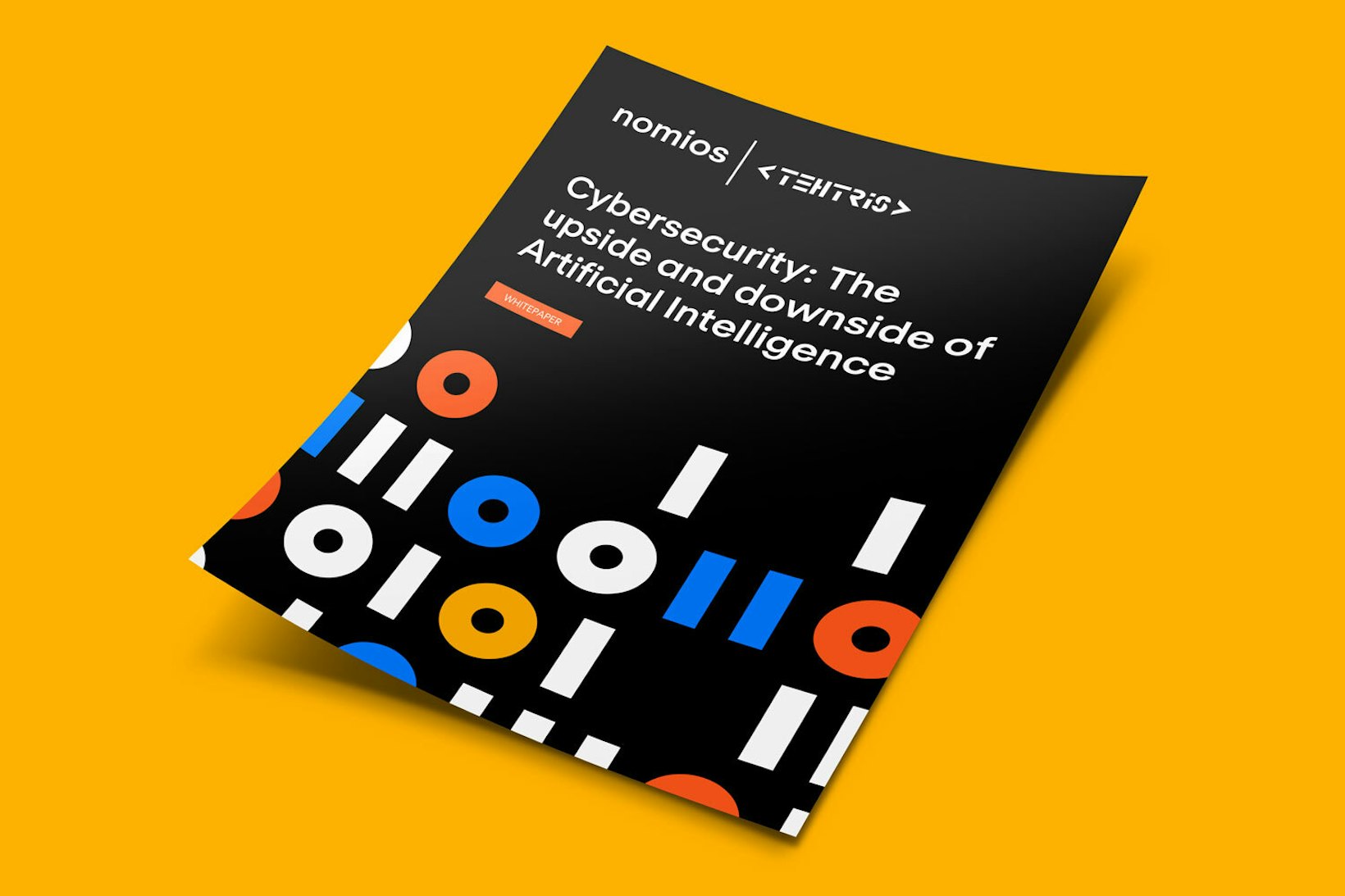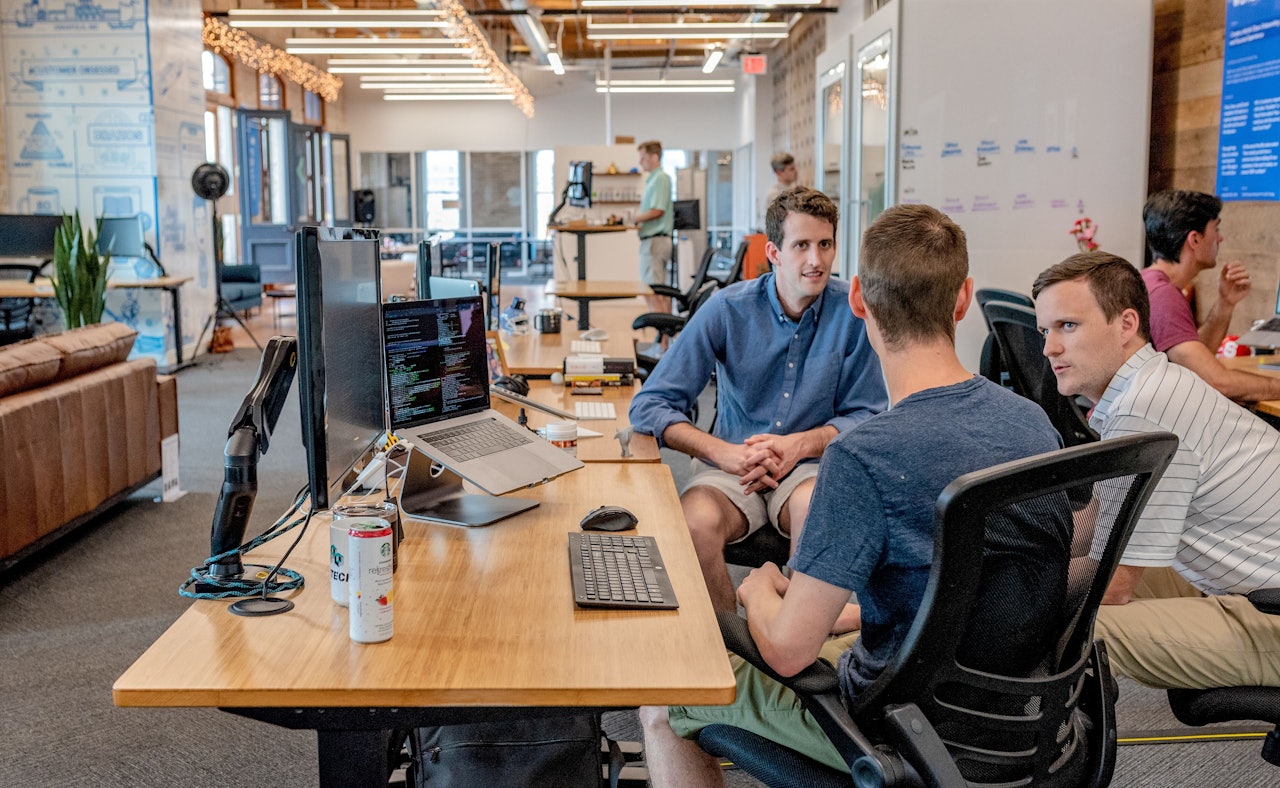In an increasingly interconnected digital landscape, safeguarding sensitive data and critical infrastructure has become a key concern for companies and institutions active in the public sector. As the threat landscape continuously evolves, adopting a proactive cybersecurity strategy is crucial to protect yourself against the growing number of sophisticated cyberattacks.
The synergy of managed detection and response (MDR) and extended detection and response (XDR) approach offers a robust defence mechanism against a multitude of cyber threats, ensuring real-time threat detection and response. In this article, we will have a closer look at a couple of sectors in the public domain and delve deeper into the significance of MDR and XDR when it comes to successfully tackling cyber threats, meeting European compliance regulations, and adhering to ISO 27001 standards.
Protection of our treasures of knowledge: Education and cybersecurity
In educational institutions, protecting student data, research findings, and academic resources is paramount. Especially with the NIS2 (Network and Information Systems) directive coming into force, education sectors must ensure comprehensive cybersecurity measures. The exposure of sensitive data in educational institutions has made them an attractive target for cybercriminals. In 2022, the education sector experienced a 44% increase in cyberattacks when compared to 2021.
Maastricht University (Netherlands), the University of Hertfordshire (United Kingdom), Howard University (United States), the University of California (United States) and Michigan State University (United States) are all examples of educational institutes that fell victim to cyberattacks in recent years.
The combination of MDR and XDR offers schools and universities holistic visibility into both IT and laboratory environments, enabling early detection of threats that might originate from various endpoints. It consolidates security data from multiple sources, such as firewalls, endpoints and network devices, allowing you to create a unified view of your cybersecurity posture and respond proactively to potential threats.
Safely managing sensitive patient information: Healthcare and cybersecurity
The healthcare sector handles an abundance of sensitive patient information and confidential medical records. The NIS2 directive emphasises the necessity for robust cybersecurity to safeguard patient privacy and ensure continuous healthcare services. As healthcare organisations increasingly rely on interconnected medical devices and digital health records (e-health), the risk of cyberattacks on critical medical infrastructure becomes all the more severe. In 2023 alone, millions of people have already been affected by major healthcare data breaches. Personal health information (PHI) is more valuable on the black market than credit card credentials or regular personally identifiable information (PII). Therefore, there is a higher incentive for cybercriminals to target medical databases. For healthcare agencies, the average cost per stolen record is $355.
Using the complementary features of MDR and XDR allows hospitals and other healthcare providers to enhance threat visibility and respond promptly to potential breaches. MDR improves your incident response and threat-hunting capabilities because it allows you to quickly assess and contain cyber incidents, minimising the impact on government operations and citizen services.
The need to lead by example: Government agencies and cybersecurity
Government agencies deal with a vast array of confidential information and critical infrastructure. As the prime target for cyberattacks, ensuring resilience against evolving threats is paramount. The NIS2 directive recognizes the criticality of public sector entities and mandates the adoption of robust cybersecurity measures to safeguard national security and public interest.
Government agencies’ data is attractive to hackers because the interwoven systems of governmental organisations contain vast amounts of information from citizens and other organisations that are linked through a variety of platforms and systems. Cyberattacks on the public sector compromise public services and carry the consequence of a heavy financial toll on these publicly funded agencies. Blackberry’s most recent Global Threat Intelligence quarterly report sees a 40 percent increase in cyberattacks targeting government agencies and the public sector. Particularly for municipalities that often end up in the crosshairs of cyber adversaries.
Furthermore, as policymakers and upholders of laws, government agencies also have the duty to lead by example when it comes to implementing robust cybersecurity measures and guaranteeing data security and privacy protection. This is a challenge since government agencies are often tax-funded and have slimmer cybersecurity budgets than private businesses and larger corporations.
Integrating MDR and XDR empowers your government agency to proactively detect and respond to potential attacks. The comprehensive visibility that this combination offers, helps in identifying advanced threats that might otherwise go undetected when you only use traditional security measures.
Facing unprecedented cybersecurity challenges: How Nomios MDR and TEHTRIS XDR help
The public sector faces unprecedented cybersecurity challenges in the digital era. The synergy between Nomios MDR and the TEHTRIS XDR Platform helps you meet these and empowers schools, universities, healthcare institutions and government agencies to proactively detect and respond to potential attacks, ensuring the integrity and confidentiality of sensitive data.
Nomios MDR offers you tailored cybersecurity solutions to fortify your defences. The TEHTRIS XDR Platform offers holistic visibility into both IT and OT (operational technology) environments, enabling the early detection of threats that might originate from various endpoints. It consolidates security data from multiple sources, such as firewalls, endpoints and network devices, into a centralised platform.
Both Nomios and TEHTRIS hold ISO 27001 certification, which demonstrate their commitment to maintaining the highest standards of information security. Let's strengthen the public sector cybersecurity resilience and safeguard the essential services you provide to citizens, students and patients, while at the same time adhering to European compliance regulations. The integration of the TEHTRIS XDR Platform with MDR, with Nomios Netherlands as the trusted integrator, marks a pivotal step in fortifying the cybersecurity landscape and ensuring a safer digital environment for all.
Would you like to find out more about Nomios MDR and the TEHTRIS XDR Platform? Then don’t hesitate to get in touch with us.
Cybersecurity: The upside and downside of AI
Get your copy of this whitepaper, to learn more about cybersecurity, XDR, EDR and how AI drives security. Or get in touch with us directly if you find this topic of interest.

Continue reading about TEHTRIS

XDR Cybersecurity
Best XDR solutions to check out
Almost 70% of breaches start from endpoints, highlighting the need for robust security measures, such as XDR.

Inès Khabkhabi


TEHTRIS MDR
Enhancing cybersecurity in critical industries: how you can harness the power of MDR and XDR
Do you want to improve your critical OT security? Find out how the combination of MDR and XDR and the features of the TEHTRIS XDR Platform allow you to do that.

Inès Khabkhabi


MDR XDR
Improving your operational technology security: how MDR and XDR help!
MDR and XDR allow you to bolster different aspects of IT and OT security. Find out more about these comprehensive security technologies and their benefits.

Inès Khabkhabi



